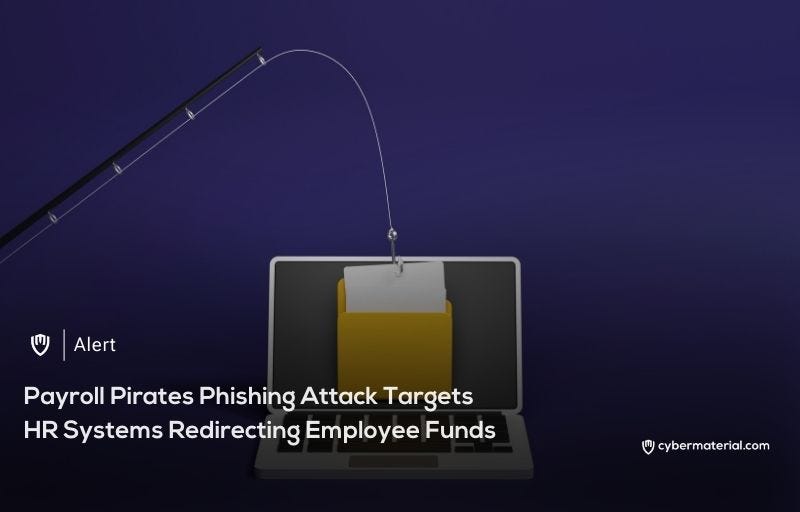
A new and sophisticated phishing campaign, dubbed “Payroll Pirates,” is currently targeting employees of several major organizations, including Kaiser Permanente, Macy’s, New York Life, and the California Employment Development Department (EDD). The campaign is designed to manipulate payroll systems and redirect employees’ wages to fraudulent accounts. The primary focus of this operation is to exploit Human Resources (HR) systems, particularly Workday, by convincing victims to reveal their login credentials.
The threat actors behind the Payroll Pirates campaign utilize a multi-layered approach to deceive employees. One of their primary tactics is using malicious search advertising, where sponsored phishing websites appear in Google search results, luring users to fake HR portals. These fake pages are convincing replicas of legitimate HR sites, designed to steal employees’ credentials. The attackers are also leveraging stolen personal information, such as social security numbers, likely obtained from underground forums, to gain access to employee portal accounts and alter payroll details.
Once the attackers infiltrate an organization’s HR system, they redirect payroll funds to fraudulent accounts. The attackers employ advanced tools and infrastructure to carry out these attacks. They utilize website builders like Leadpages, Mobirise, and Wix to quickly set up domains and host phishing content on dedicated IP ranges. These domains are often registered with platforms such as Dynadot, Porkbun, and Namecheap, ensuring that their malicious content remains active for extended periods. The phishing sites often mimic the layout of real HR portals, increasing their credibility and success rate.
To protect against this ongoing threat, organizations and employees are advised to be cautious when interacting with HR-related communications. It is essential to verify the authenticity of login pages and emails, especially those requesting sensitive information. Implementing multi-factor authentication (MFA) for HR and payroll systems can add an extra layer of security. Additionally, employees should be educated about the latest phishing techniques and be trained to recognize red flags. By staying vigilant and sharing threat intelligence, organizations can better defend against this growing and persistent threat to payroll and employee financial security.
Reference:
The post Payroll Pirates Phishing Targets Employees first appeared on CyberMaterial.


